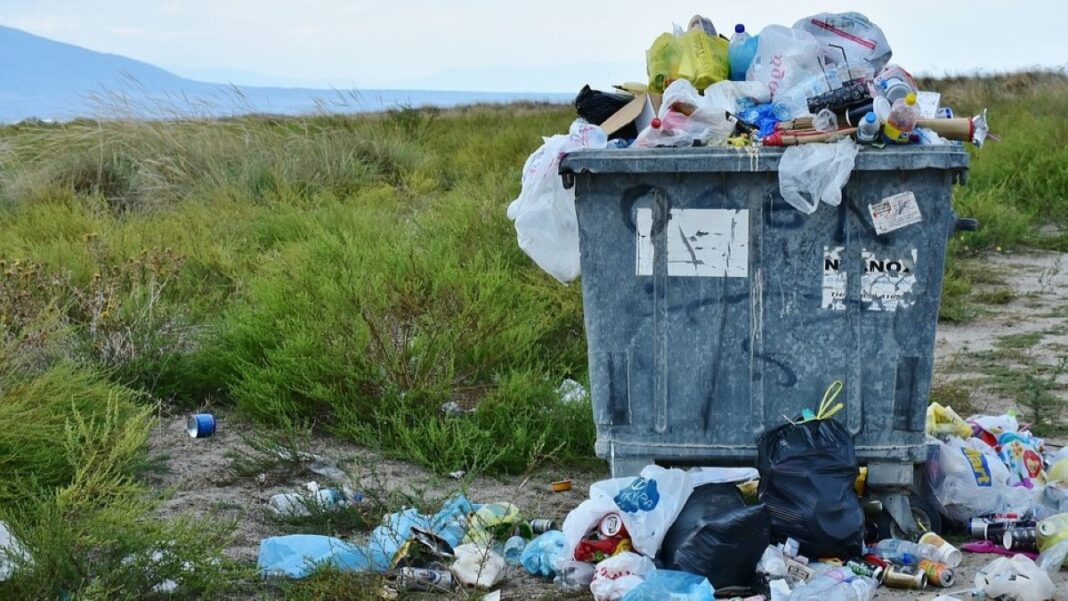UNITED STATES: Nanoplastics, or tiny plastic particles that measure less than 100 nanometres in size, are unexpectedly reactive towards oxidizing species, according to a new study published in the Nature Communications journal.
The unexpected reactivity of nanoplastics could have significant implications for the environmental impact of nanoplastics and their potential use in various industrial and medical applications.
The study, conducted by a team of researchers from the University of California, San Diego, focused on the reaction of nanoplastics with hydrogen peroxide, a common oxidizing agent.
The researchers found that the nanoplastics could break down the hydrogen peroxide into water and oxygen, a process commonly known as reduction.
The researchers found this reduction process highly efficient, with the nanoplastics completely breaking down the hydrogen peroxide within just a few hours.
The researchers also found that the nanoplastics were able to break down other oxidizing species, such as ozone, in a similar manner.
The unexpected reactivity of nanoplastics towards oxidizing species could have several implications for their environmental impact.
For example, the ability of nanoplastics to break down hydrogen peroxide could lead to the release of oxygen gas, which could contribute to the formation of ozone in the atmosphere. This could have negative consequences for air quality and the health of living organisms.
On the other hand, the reactivity of nanoplastics towards oxidizing species could also have positive applications.
For instance, scientists can exploit the ability of nanoplastics to break down hydrogen peroxide in developing new water treatment technologies, as well as in the clean-up of oil spills and other environmental disasters.
Additionally, the reactivity of nanoplastics towards oxidizing species could have potential use in the medical field. For example, the ability of nanoplastics to break down hydrogen peroxide could be used to design new drug delivery systems or create new materials for medical implants.
Overall, the new findings on the reactivity of nanoplastics towards oxidizing species highlight the need for further research on the environmental and health impacts of these tiny plastic particles.
While the potential applications of nanoplastics in various industries are significant, it is essential to consider the potential risks and unintended consequences of using these materials.
Also Read: ISRO and Microsoft Teams up to Help Space-tech Startups



